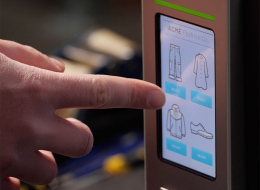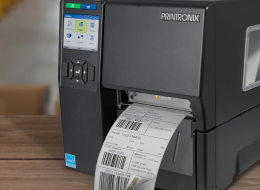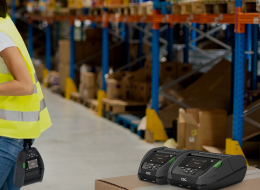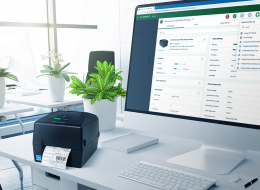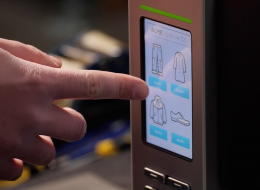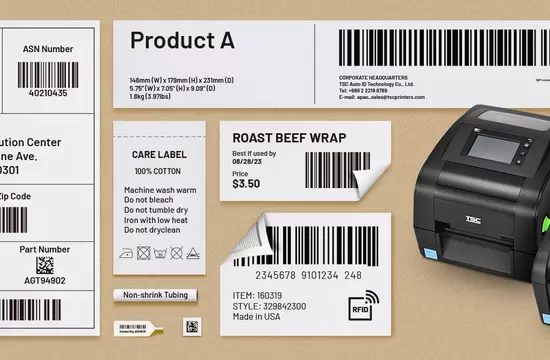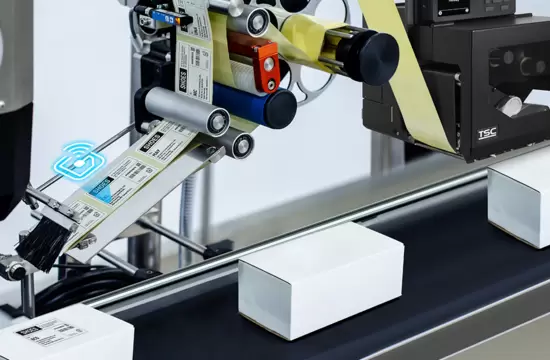Manufacturing
Automotive
1429
/en/blog/automotive
Barcode Inspection
418
/en/blog/barcode-inspection
Company News
415
/en/taxonomy/term/415
Cybersecurity
1466
/en/blog/cybersecurity
Events and Tradeshows
1421
/en/blog/events-and-tradeshows
Food & Beverage
1426
/en/blog/food-beverage
Healthcare
1425
/en/blog/healthcare
High Resolution
414
/en/blog/high-resolution
Industry Trends
1419
/en/blog/industry-trends
Manufacturing
1424
/en/blog/manufacturing
Mobile Printing
1420
/en/blog/mobile-printing
Partner Perspectives
1465
/en/blog/partner-perspectives
Remote Printer Management
1432
/en/blog/remote-printer-management
Retail
1423
/en/blog/retail
RFID
416
/en/blog/rfid
Software Solutions
1433
/en/blog/software-solutions
Standalone
419
/en/blog/standalone
Supplies
417
/en/taxonomy/term/417
Tips & Best Practices
1431
/en/blog/tips-best-practices
Transportation & Logistics
1422
/en/blog/transportation-logistics
Warehouse & Fulfillment
1427
/en/blog/warehouse-fulfillment
Linerless is emerging as a favored labeling solution. Whether in retail, logistics, healthcare, or beyond, enterprises are seeking a greener, more efficient labeling experience. Dive into our ultimate Q&A guide below to help you make informed decisions on integrating Linerless Labeling into your operations for sustainable and streamlined labeling.
Sustainability has emerged as a pivotal factor across numerous industries, driven by environmental protection and shifting consumer tastes. Businesses are progressively directing their attention towards sustainable strategies, encompassing endeavors like minimizing carbon footprints, embracing eco-conscious materials, and integrating circular economy concepts. Sustainability arises significantly in the Automatic Identification and Data Capture (AIDC) industry, leading to a growing demand for more eco-friendly materials and solutions for labels, tags, and other AIDC offerings. Reducing carbon emissions is the key strategy for the AIDC industry to achieve carbon neutrality and support environmental sustainability.
As the world economy has decelerated since 2021, job markets in OECD countries remain strained. Despite employment rates returning to pre-pandemic levels and unemployment rates hitting their lowest since the early 1970s, a stark labor shortage persists due to a lack of qualified talent, highlighting a supply-demand imbalance.
VDC Research finds that increasing demand for industrial printers is propelled by automation in manufacturing, traceability regulations in the food and beverage sector, hybrid retail strategies, e-commerce-driven logistics growth, and a heightened safety emphasis in healthcare.
Printer management is necessary for the proper functioning and completion of print jobs. Tasks such as printer configurations, condition monitoring, and troubleshooting are essential. However, managing printers, especially on a large shop floor or printer fleet, can be challenging. That’s why real-time remote management is a vital aspect of printer management as it allows for printer control from anywhere on the premises. The TH DH Series Desktop Printer enhances real-time remote printer management in three ways: the Internal Embedded Webpage, the virtual control panel, and two software tools-TSC Console and SOTI Connect.
When you purchase apparel items, you will notice they always come with a hang tag and a care label. Based on Federal Trade Commission (FTC) and European Union (EU) regulations, labels are required on apparel products to clearly state necessary information in order to sell to end consumers. Typically manufacturers have the labels printed by service bureaus specializing in these types of labels. However, this approach has limited flexibility for change since the label contents have already been set. It also results in additional costs to print new labels and makes it harder to manage inventory for the variety of labels. Manufacturers can use an in-house label printer to overcome difficulties and conquer apparel label printing with ease.
Generative AI, such as ChatGPT and Bard, is gaining momentum and driving the demand for data centers. According to research, the generative AI market is projected to reach U.S. $126.5 billion by 2031. Given growing demand, ensuring maximum efficiency in data centers should be a top priority.
Businesses are currently grappling with economic uncertainties arising from labor shortages, supply constraints, and inflation, all of which hinder the post-pandemic recovery. As a business owner or leader, your goal is to ensure the long-term success and resilience of your company despite evolving market conditions and emerging technologies. A well-defined IT strategy can help you adapt swiftly, allowing for resource reallocation to align with changing priorities. So, what’s the most rational approach to long-term IT planning, particularly when it comes to label printing solutions?
Most businesses need effective inventory control and management. Companies across industries are seeking ways to gain real-time visibility and increase control over their inventory for better management. RFID technology can effectively help enterprises track and manage assets ranging from production equipment to shipping cases, commodities, and more.
Labeling is a vital aspect of various industries that delivers essential information, yet it generates a considerable environmental footprint. For instance, an application using 6,000 ribbons annually with a standard roll configuration (110mm x 300m) can consume up to 833 kg of plastics, equivalent to nearly 25,000 plastic bottles.






